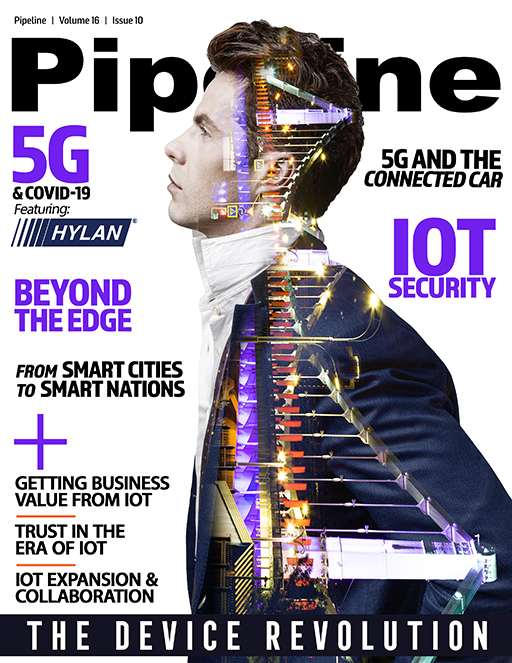Solving Connectivity Challenges for Connected Cars
A Global Solution
Supporting Connected Car Development
A typical global automotive OEM has operations in more than 150 countries and usually works with the lead domestic operator as their main partner. For such an arrangement to work consistently and seamlessly, you need infrastructure in each of these markets that are pre-integrated at the provisioning layer and also in the operations layer. A new paradigm is required for connectivity that is consistent, seamless, works in the same way across multiple markets, and supports high bandwidth—yet manages the cost control, and supports various types of services. These services go beyond those of automotive OEMs to include consumer, facing services, because automotive OEMs want to offer these infotainment services.
Nokia’s Worldwide IoT Network Grid (WING) is beginning to address these challenges for automotive OEMs as they deliver global IoT to connected cars. WING is a managed service that helps mobile network operators rapidly enhance their existing IoT offerings with global connectivity. WING delivers a first-of-its-kind, global distributed, virtualized IoT core infrastructure with a unified IoT management platform. Because up to 95 percent is hosted in the cloud, WING is highly scalable and can be made available in new countries or regions without all the typical delays involved in a standard network build. WING also meets the stringent requirements and facilitates the development of 5G C-V2X use cases. By taking advantage of the global architecture and the distributed 5G user plane function data can be sent via the quickest route to the appropriate computing resources even to enterprise premises, minimizing data processing, transport costs and network latency.
WING is highly scalable and can be made available in new countries or regions without all the typical delays involved in a standard network build. WING also meets the stringent requirements and facilitates the development of 5G C-V2X use cases. By taking advantage of the global architecture and the distributed 5G user plane function, data can be sent via the quickest route to the appropriate computing resources, even to enterprise premises. This minimizes the requirements for data processing as well as transport costs and network latency.
This enables mobile network operators (MNOs) of all sizes, from the smallest tier three up to the largest tier ones, to support automotive OEMs with seamless, low latency IoT connectivity and ensure globally harmonized service level agreements. Automotive OEMs are already leveraging the WING infrastructure as part of their ongoing relationship with mobile network operators. These OEMs see the connected car as a path to owning a software and technology platform that unlocks new business models and revenue opportunities.
The Future of Driving
With several industries on board, driven by the telecom and automotive industries, the connected car is really going places. However, the global commercialization of connected automated driving does not only depend on the successful verification and introduction of technologies in networks, vehicles and road infrastructure. New business and cooperation models between the ecosystem partners will have to be developed and complemented with the evolution of the regulatory framework related to driving, data handling and management. This is an industry challenge that we will solve by working closely and collaboratively with our ecosystem partners.



















